Marquis Seedless Grape Vine
Description
Giant clusters of large grapes. This flavorful fruit is delicious if you eat it fresh or use it to make delicious jellies, jams and desserts. The robust vine produces abundant crops. Ripens in September. Self-pollinating. A licensed variety of Cornell University.
Characteristics
| Bloom Color | White |
| Fruit Color | White |
| Fruit Size | Large |
| Hardiness Zone Range | 5 - 8 |
| Pollination | Self-Pollinating |
| Ripens/Harvest | September |
| Shade/Sun | Full Sun |
| Soil Composition | Loamy |
| Soil Moisture | Well Drained |
| Soil pH Level | 5.5 - 6.5 |
| Taste | Sweet |
| Texture | Firm |
| Years to Bear | 2 - 4 |
Zone Compatibility
Pollination
This variety is self pollinating.
Tools & Supplies
Planting & Care
Learn all about how to grow grape vines in The Growing Guide. An entire section of our website dedicated to your growing success.
Questions & Answers
Unfortunately this happens to be a product that has state or county agricultural regulations, which prohibit shipment. Sometimes there are local/regional quarantines put in place to halt the spread of certain plant diseases, which does not happen often. While these regulations may change in the near future, we apologize that we cannot ship this item to you at the present time.
o grow seedless grapes, you need to start with seedless grape varieties that have been bred specifically not to produce seeds. These varieties are propagated using vegetative methods, like cuttings or grafting, rather than from seeds.
Here’s how you can grow seedless grapes:
1. Choose a Seedless Variety
Some popular seedless grape varieties include:
Thompson Seedless
Himrod
Reliance
Venus
Make sure to select a variety suited for your climate and growing zone.
2. Planting
Location: Grapes need full sun (at least 6-8 hours of sunlight daily) and well-drained soil.
Spacing: Plant them about 6-8 feet apart.
Support: Grapes are climbers, so plant them near a trellis, fence, or another support system.
3. Watering & Care
Water regularly, especially during dry periods, but avoid overwatering.
Prune the vines annually during the dormant season to remove old growth and encourage new shoots.
Fertilize based on soil needs, usually with a balanced fertilizer.
4. Pollination
Seedless grapes are self-pollinating, so you don’t need multiple plants for fruit production. However, good air circulation around the vines can help ensure healthy grape clusters.
By choosing a seedless variety and providing the right care, you can enjoy homegrown grapes without seeds!
I have no idea. But I had TONS of grapes from my 3 vines. Sorry I can't be more helpful. 👩🌾😎👩🌾
Grape vines are fairly vigorous and shouldn't be kept in the gallon shipping container for more than a few weeks.
Usually no. With the Marquis I purchased a few years ago I did get a few grapes the first year after planting in the fall. It has been extremely vigorous grower and producer since and I cut it way back in the spring. I wish I had planted it where it had more room although it loves the spot it is in. I really like the taste of Marquis and it is very hardy for my zone 5 garden.
Zone 5 they are very hardy for my area and even with -30F winter is growing well. Marquis produced for me the first year after planting (planted late summer) This grape has produced extremely well and producing more each year. I think I've had it for 4-5 years. I prune it back every spring.
All berries/grapes within a cluster do not go through the ripening process at the same rate. At any given time, some berries will be more developed than others. This phenomenon of uneven ripening is called “asynchrony,”
I think full sun is best. I planted mine under a trellis as landscaping accent it is doing well but not as vigorous as I believe it would be in full sun
Typically just a few days here is our link to the growing guide which has acclimating instructions https://www.starkbros.com/growing-guide/how-to-grow/berry-plants/grape-vines
I chose the Neptune

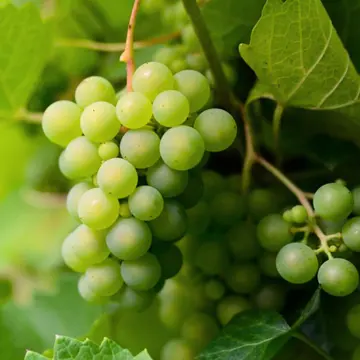
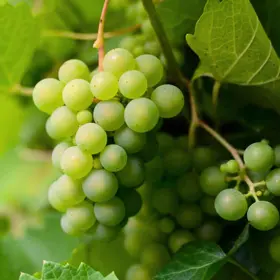
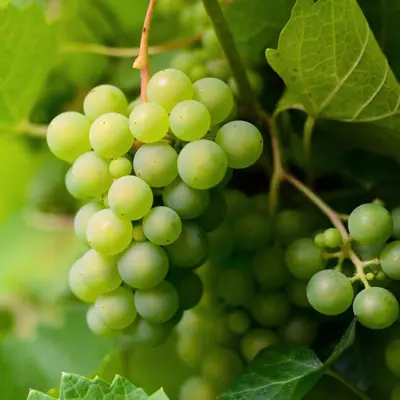
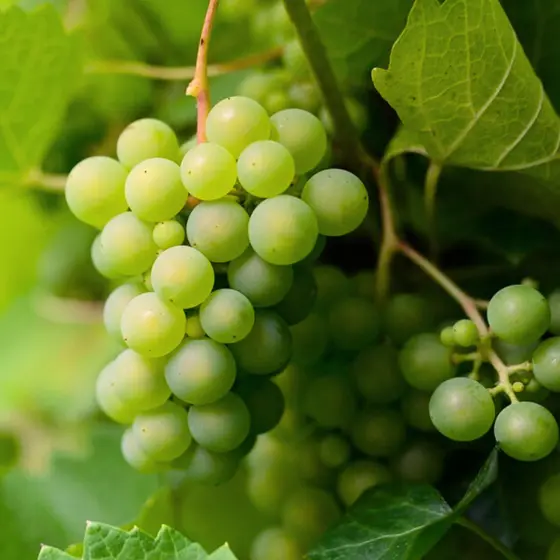
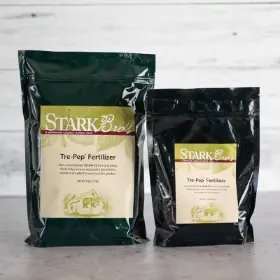


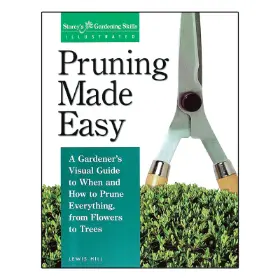
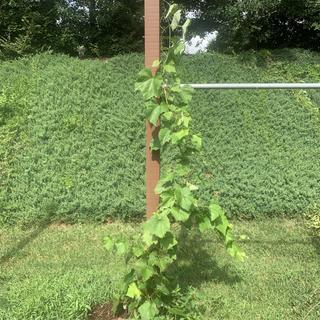
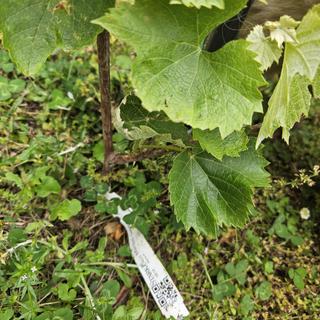
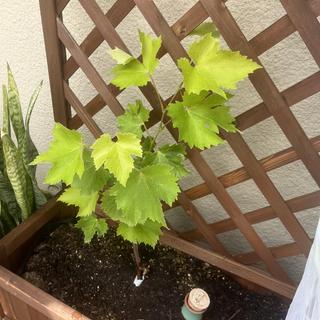
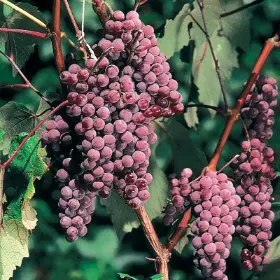
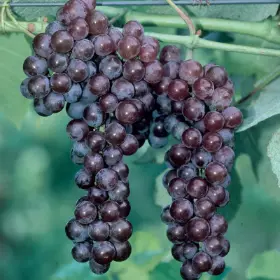

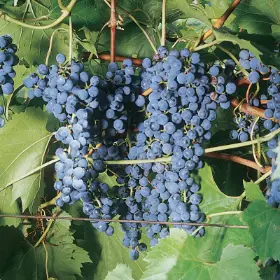
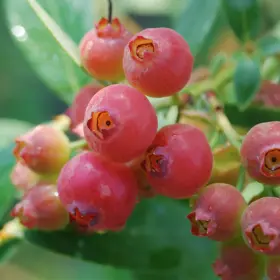
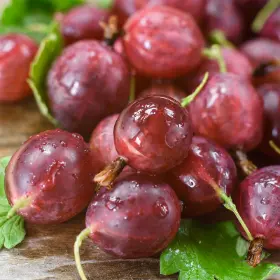
My husband prefers this type of grapes
It is exciting to grow your own food. The flavors are much more intense and better for you.
The winery where I worked had a few of these mixed in with the Chardonnay by mistake. They tasted great and are winter hardy for our area.
Added an arbor of these for eating at the table.